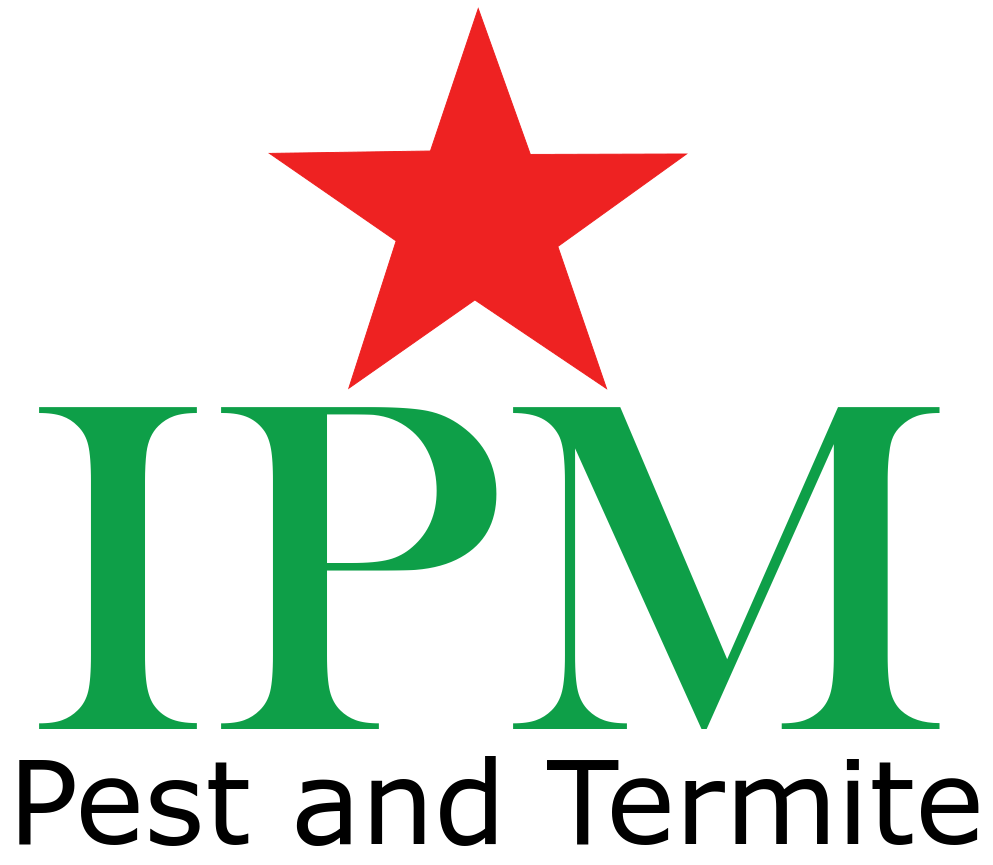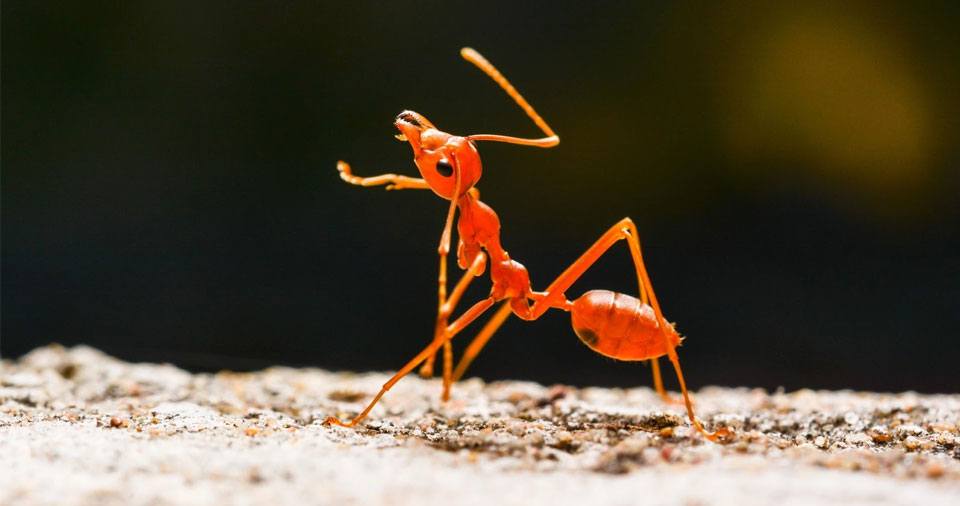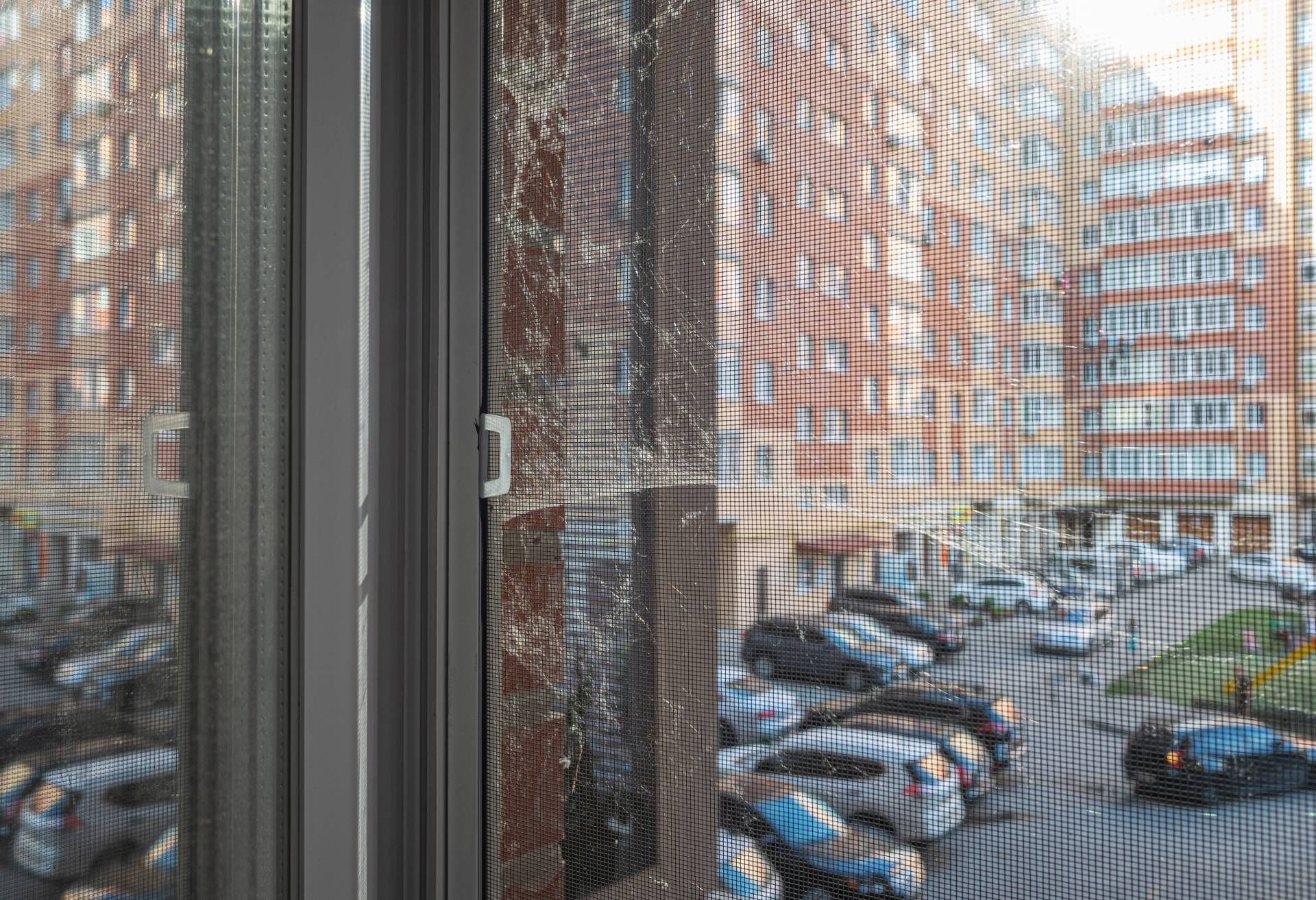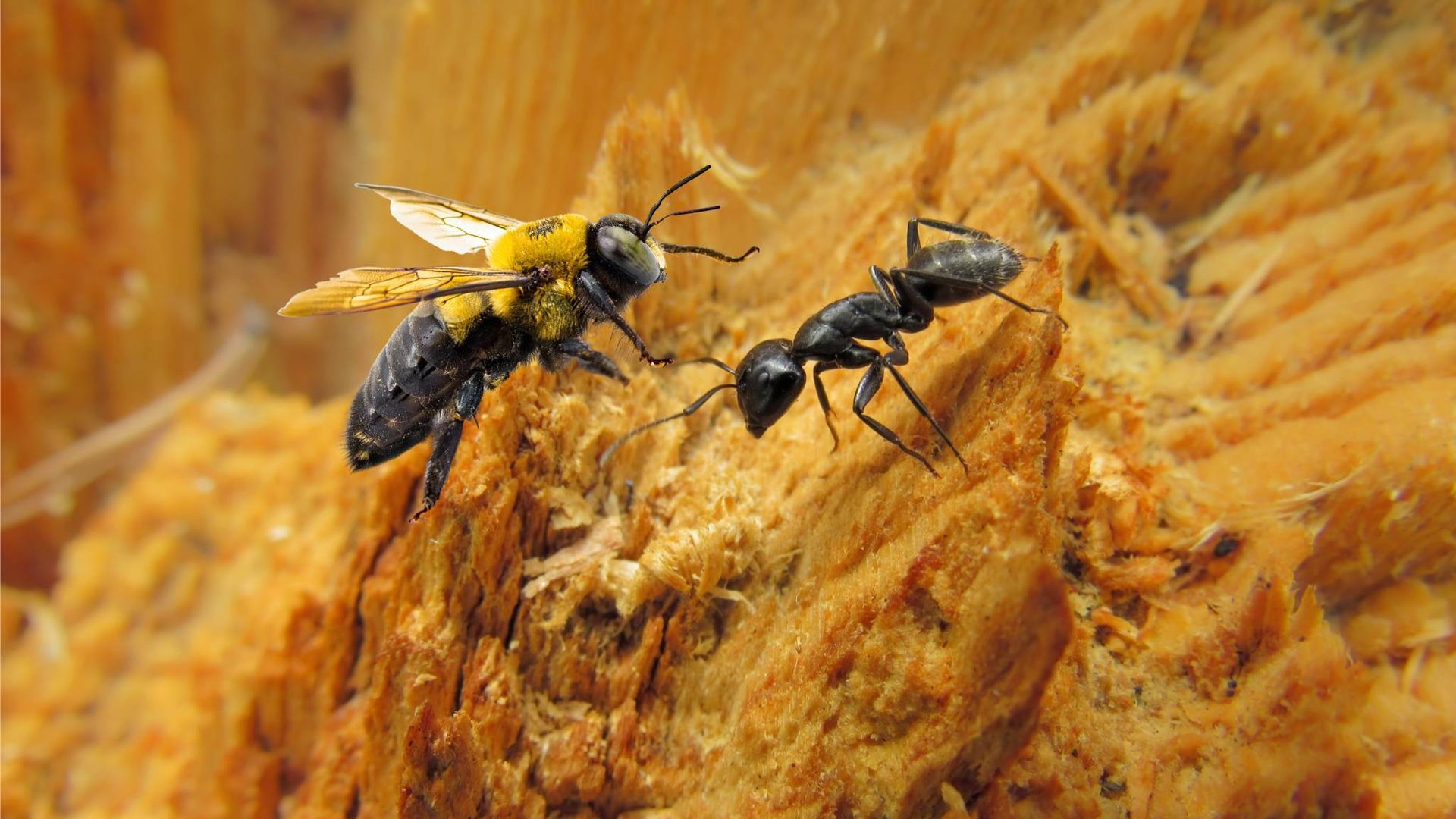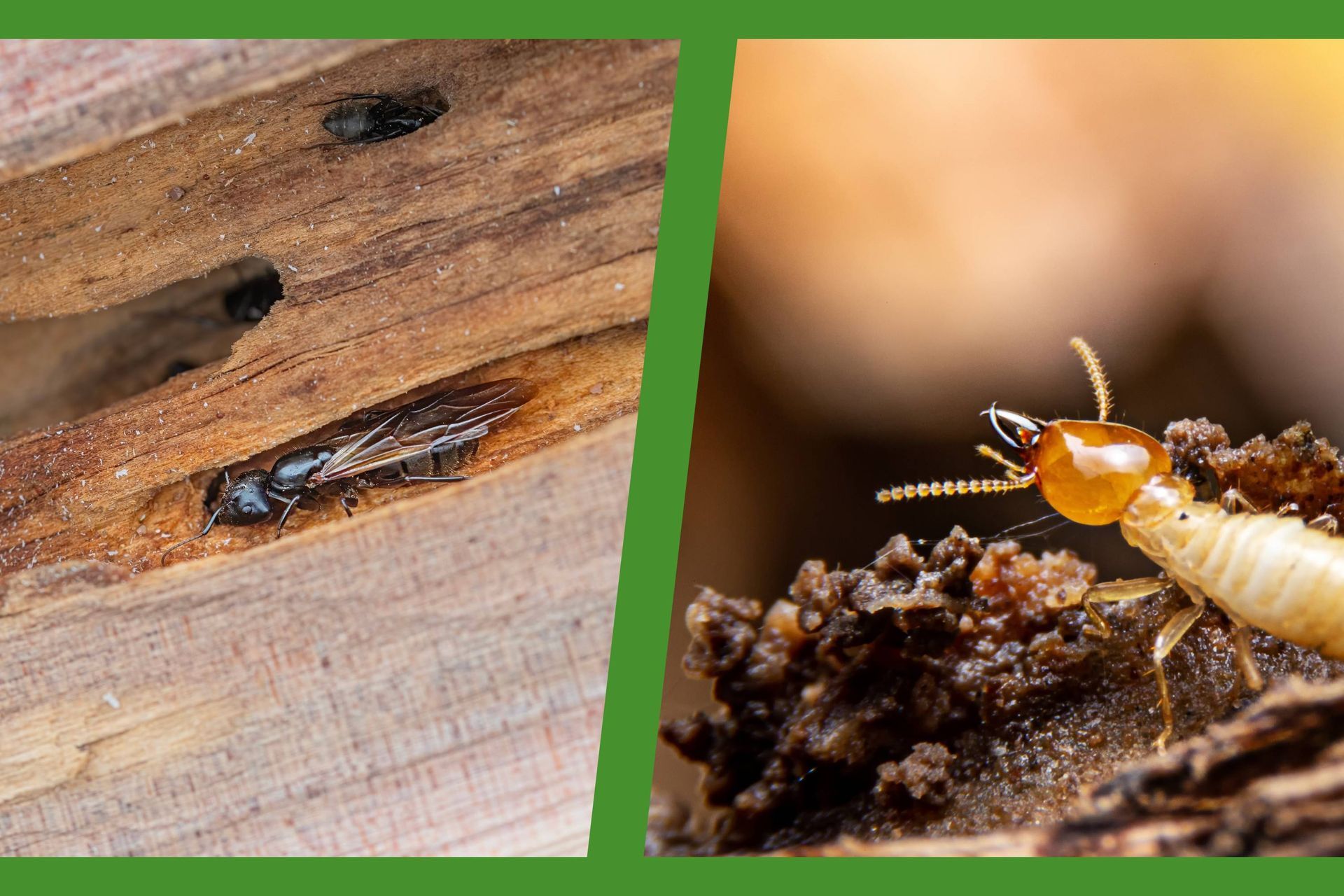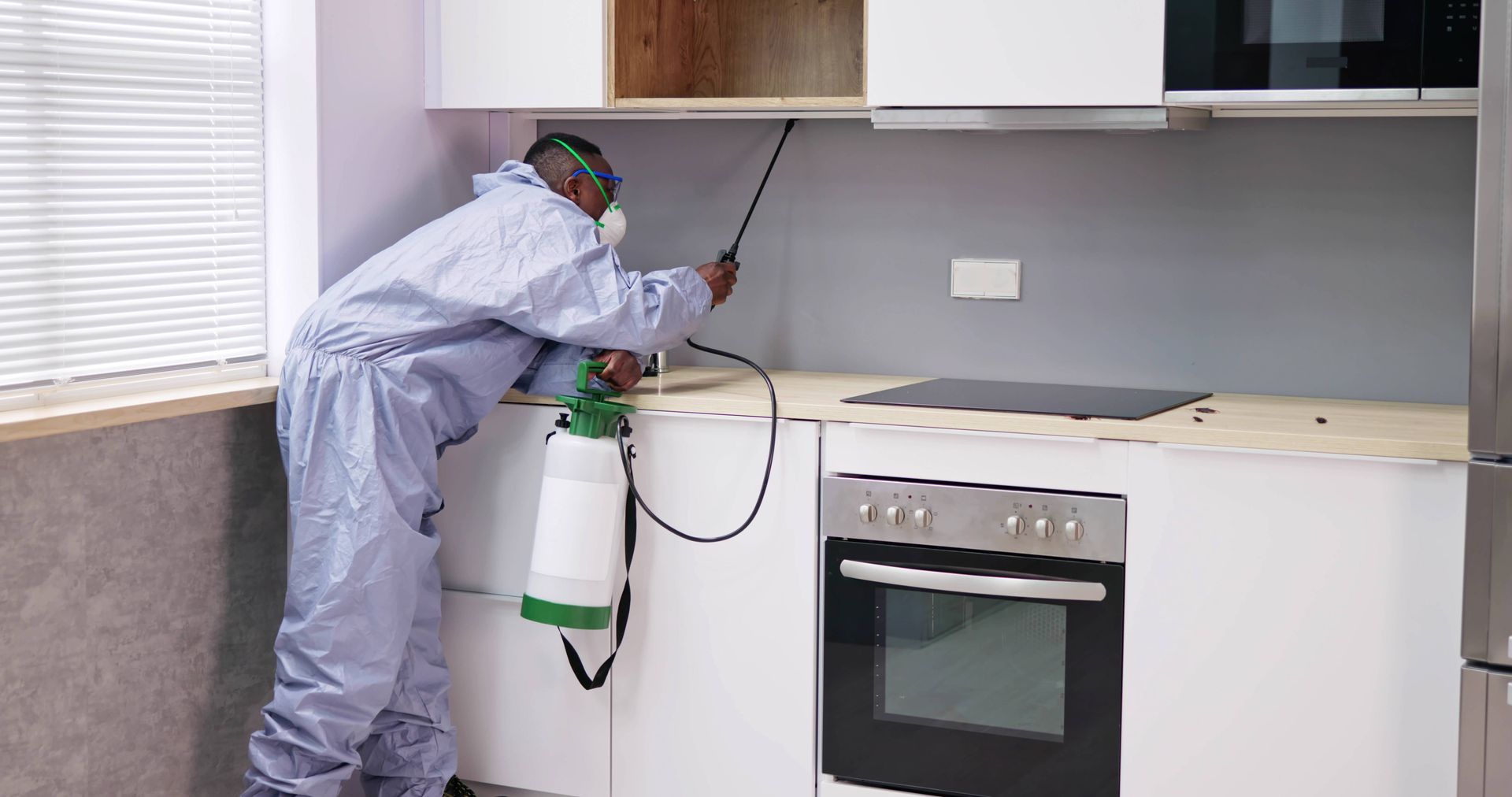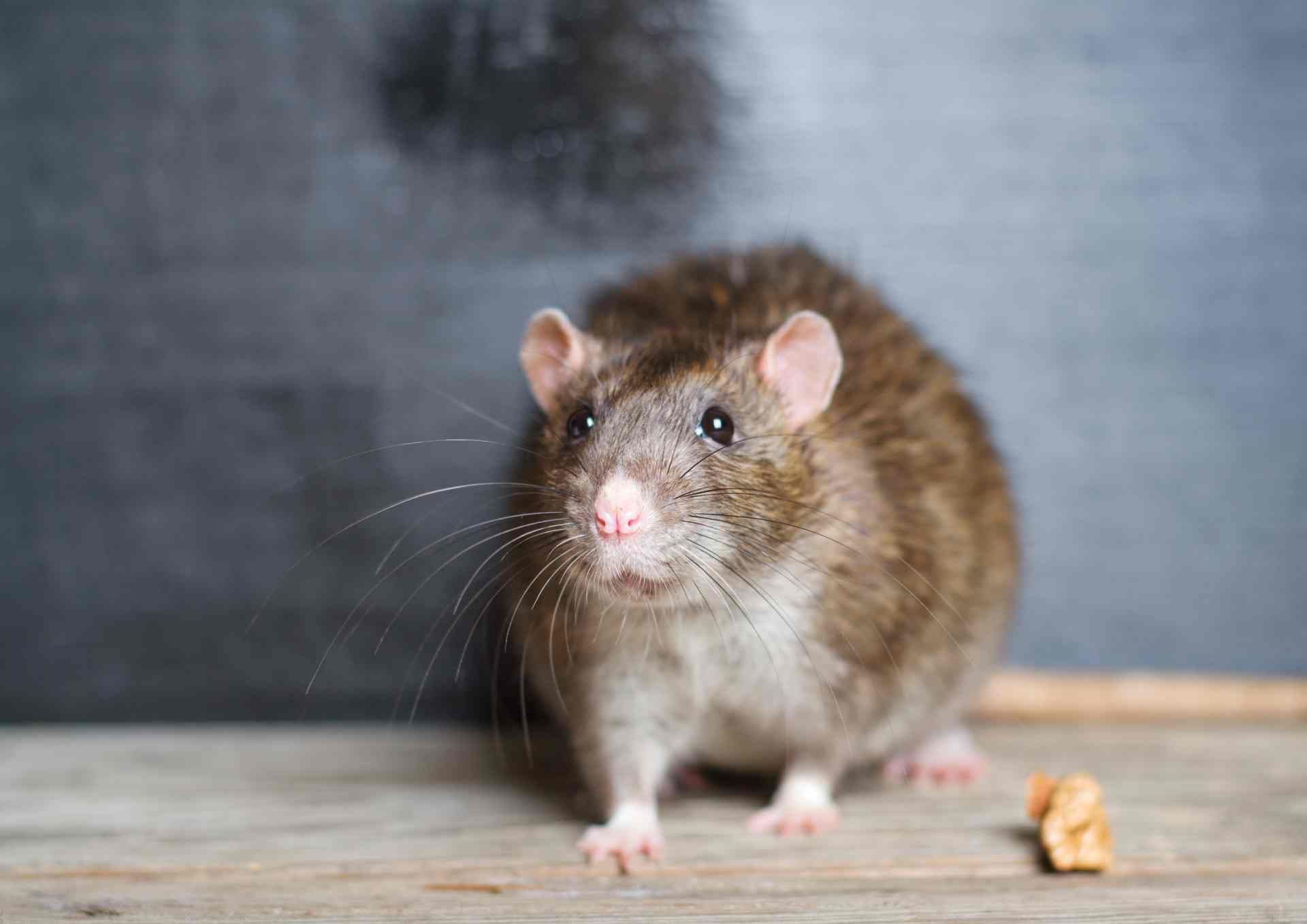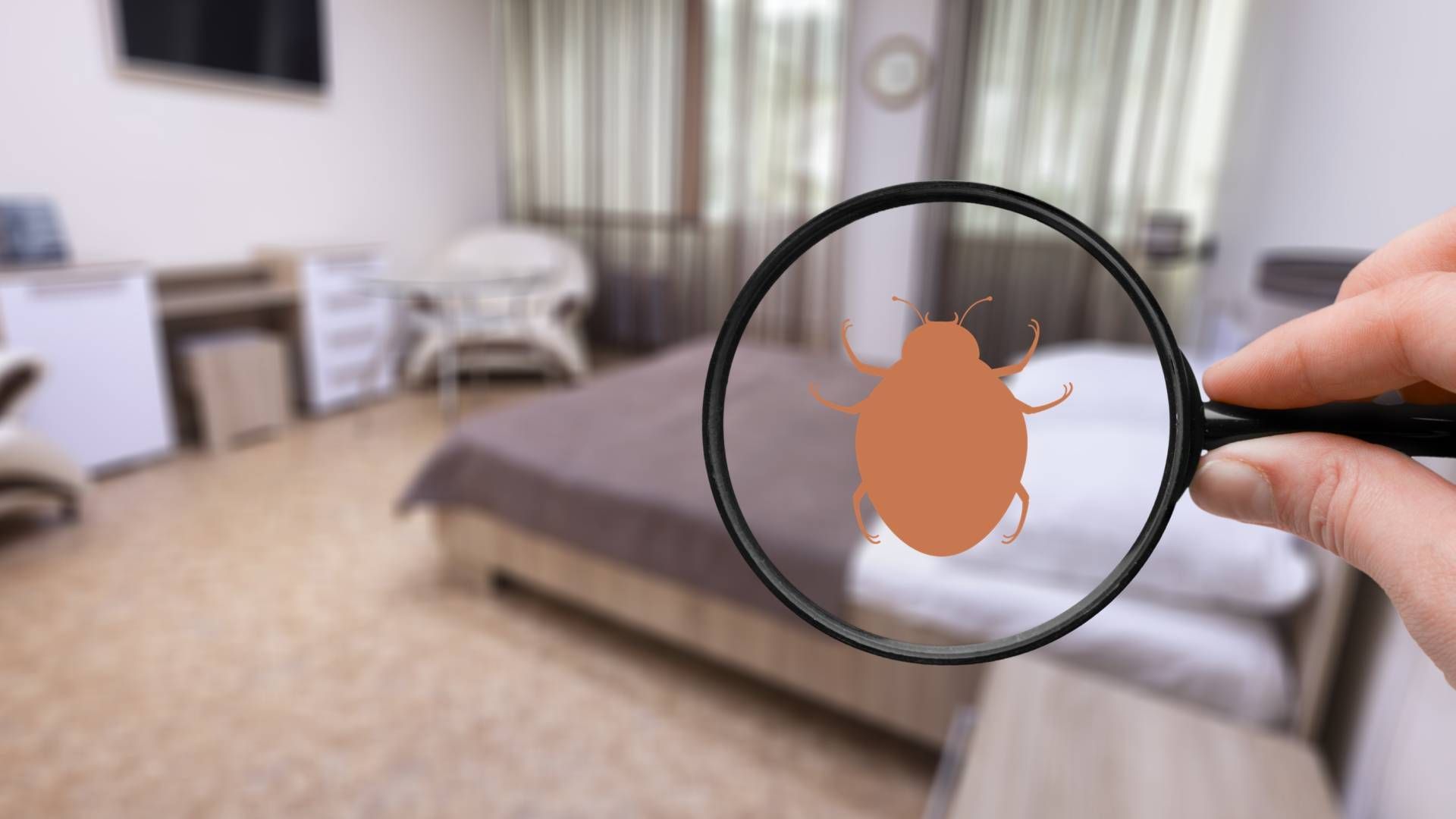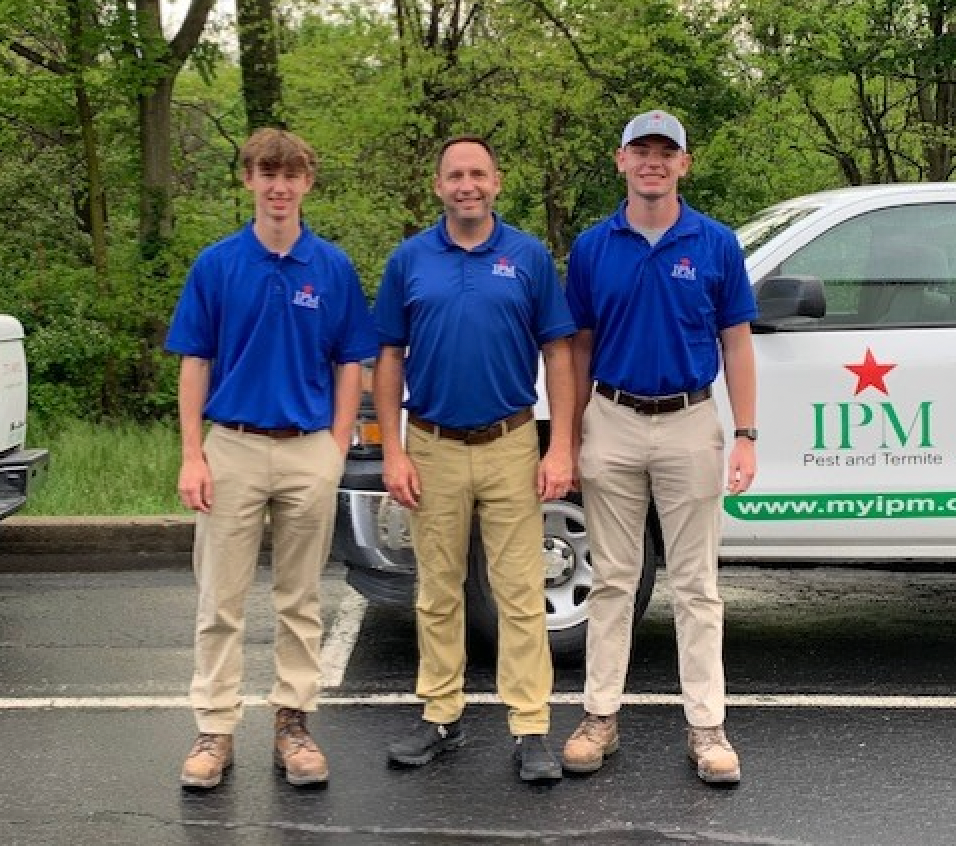A Day in the Life of an Ant in Lexington, KY
Ants are the most common pest problem in American households. With over 20,000 species of ants all over the world, it is not surprising that this is the case. If you suspect an ant problem in your home, IPM Pest & Termite of Lexington, Kentucky, is here to give you the information you need to help you understand these pests and learn how to properly eradicate the problem.
Lifecycle
Ants have four stages of their lifecycle: eggs, larvae, pupae, and adult. Ant eggs are soft and oval shaped and are about as small as a size 12 font period at the end of a sentence. Unlike many species, not all ant eggs are intended to hatch, many eggs are for nourishing the other ants being hatched. From the egg, ants become larva. As larvae, ants are required to eat constantly and because they have no appendages or eyes, adults must bring them food. From a larva, an ant becomes a pupa. At this stage of its life, ants do nothing but grow and reach maturity until finally they are adults. The entire lifecycle of an ant can take between weeks and months depending on the amount of nourishment the pupae receive, and the type of ant in question. From this point ants are either males, workers, or queens. Queens are larger than worker ants and lay all the eggs for their colony. These ants have wings to help them find mates. Under the proper conditions, a queen ant can live for decades. Worker ants are all female ants. These ants live for a few months, are smaller in size, and take care of the nest and feed the pupae to expand their colony. Lastly, the males also have wings like the queens. Males live for a few short weeks and are never involved in the colony except for providing queens with reproductive services.
Ant Basics
Because ants are a social animal, when an ant enters your home there are usually more than one. Ants typically enter homes because their only instinct is to gather and forage food and find shelter for the colony. Ants will lay a pheromone trail in their wake so other worker ants in their colony can follow the scent to a new trail of food. Ants will feed on anything, high fat foods, high protein foods, or sugary foods, so the warning that ants are attracted to sugar is not entirely correct. Ants can travel through the smallest of openings and invade your home. Because of their pheromone trail, killing the ants in your home will not entirely get rid of the problem: ants can still follow that same trail.
What You Can Do
If you notice flying ants in your home, it’s a bad sign. This means that the colony is in your home and must be eliminated. If you notice ants traveling through your home, and following the same trail, then the colony may be located near your house. Regardless of if the nest is in or near your home, ants are pests that need to be taken care of before the infestation gets worse and the colony grows. Store-bought ant repellent may work on ants coming inside your home but again, they can fit into the tiniest openings, so make sure you are thorough when you spray. If your infestation is too much for you to handle, you suspect the nest may be in your home, or you don’t want to take the risk of doing it yourself, IPM Pest & Termite is here to help. As a member of Angie’s List, a recipient of an A+ from the BBB, and over 20 years of pest control experience, IPM Pest & Termite of Lexington, Kentucky can assure your satisfaction and keep your home ant free. Contact us today with any concerns you have about ants in your home.
